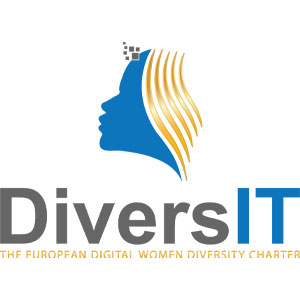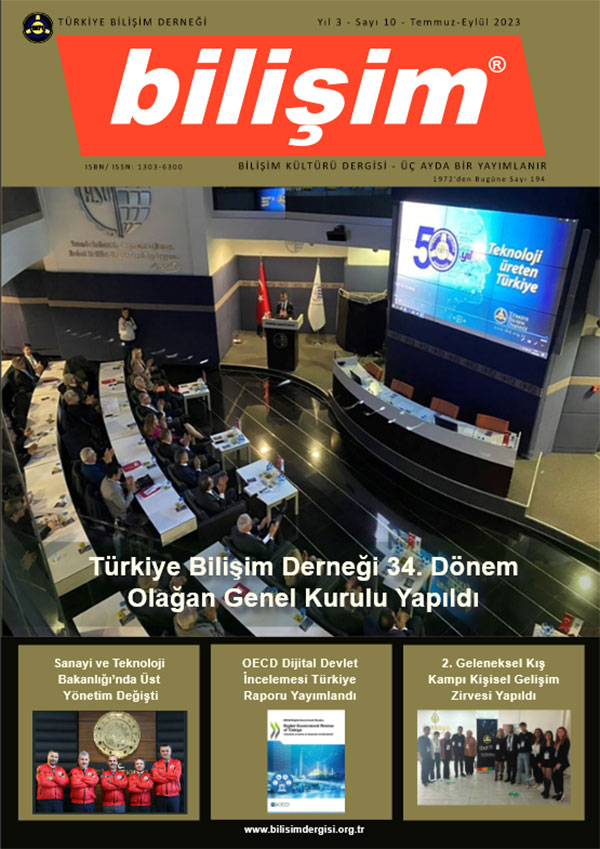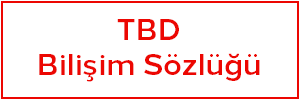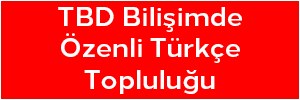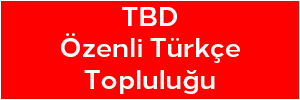What is Digital Transformation?
"Digital Transformation enables businesses to use technology to improve their existing processes by increasing efficiency and quality, to develop products and services to create new markets, to increase control over their processes by using data better, and to increase business agility; therefore, it facilitates the work of employees. It provides return on investment by providing cost savings."
There is a difference between a "business process" and a "process". A "business process" is transactional data. Examples of "business process" are sales order maintenance, purchase order maintenance and production order maintenance. "Process", on the other hand, covers the organizational processes of the business in addition to the "business processes". Examples of "business processes" are marketing, pricing and budgeting.
Digital (Digitized) Conversion includes the following basic concepts:
- Transforming analog data (document, pdf, jpg, presentation, spreadsheet, contract, e-mail, etc.) into meaningful digital data that can be processed Digital (Digital) transformation is achieved by recording all business data in the database. The organization has not completed the Digital (Digital) transformation unless it transfers its data to the database so that it can be processed. Except for the corporate database, all data is defined as analog. In the researches conducted, it has been determined that the data of the institution is largely kept in analog form outside the database. In the example given in the definition, spreadsheet files are the most striking example of analog data. Since the data in the spreadsheet file is not processed in the corporate database and is not available for real-time use by the enterprise, it is classified as analog. When the data of the organization is recorded in the database and becomes available for use in processes, it completes one of the Digital (Digital) transformation criteria of the organization.
- Analyzing by accessing real-time data The digital platform holds all corporate data. There may be one or more package programs in the enterprise information architecture. The digital platform orchestrates the package programs in the enterprise information architecture. Therefore, the Digital platform keeps a copy of the data to orchestrate the programs. The digital platform enables processes to work with data and enables real-time analysis of data.
- Solving the needs of existing processes faster than other solutionsPackage programs are prepared for the business sector and/or business unit. Adaptation or development is made to meet the process needs of the organization. In the digital platform, process needs are met by process management functions that meet the processes of the organization without adaptation and development. Business process management methodology ensures that process management functions work effectively. It also enables the definitions of the organization that are not included in the package programs. The processes built on the Digital (Digital) platform on the basis of corporate processes, general definitions and corporate definitions are defined faster and more effectively than package programs.The Digital (Digital) platform does not aim to replace package programs; it aims to orchestrate the programs in the corporate information infrastructure.All of the corporate process needs can be met on the Digital (Digital) platform. However, if the Digital (Digital) platform is used for this purpose; the best application practices of the package programs cannot be used; process risk occurs without reference; development cost increases to the highest level.Digital (Digital) platform produces fast and effective solutions at optimum cost when the minimum adaptation of package programs and all of the corporate process needs are met.
- Reducing manual processesThe Digital (Numerical) platform includes all processes of the organization. Due to the nature of the package programs and the use of different programs (such as the use of ERP alongside the spreadsheet program), data may be entered manually more than once. Also, the data cannot be derived because the rules of the organization are not applied. A digital platform reduces the manual entry of data and allows for the derivation of data.
- Orchestration of process parts in different systems The best example is the maintenance of a production order. The digital platform holds organizational data and orchestrates organizational processes with integration. The maintenance of the production order can be done in "Enterprise Resource Planning" (ERP), "Shop Floor Control" (SFC) or in the Digital Platform itself. In the projects, it was found that process decisions can be made in a way that is not in the best interest of the organization. The organization makes decisions by analyzing the data on the Digital platform. The organization has the opportunity to choose what works for it, both during the project and after its completion.
- Optimizing process parameters The digital platform enables data analysis. By analyzing the data on the digital platform, organizational rule sets and process parameters can be adjusted to achieve the most efficient process outcome.
- Ensuring that the business is ready for the unknown and can be predicted by modeling the business processes in a digital environment. The data kept on the digital platform can also be analyzed for two purposes. For example, the detection of deviations of the unit price in the purchase order from the inflation rate. The second is the detection of deviations in forecast data. As an example, it is the detection of deviations in raw material prices of more than 10%. The digital platform can run processes in both cases. Running it on the basis of deviation in data analysis is defined as an "early warning system".
August 2, 2021
Ali Emre Gungor
BPM Manager
TBD Istanbul Digital Transformation Working Group Member

 "My spiritual heritage is knowledge and reason. Those who come after me will confirm that in the face of the difficult and deep-rooted difficulties we had to overcome, we may not have achieved our goals completely, but we never compromised, and that we were guided by reason and science." Mustafa Kemal Atatürk
"My spiritual heritage is knowledge and reason. Those who come after me will confirm that in the face of the difficult and deep-rooted difficulties we had to overcome, we may not have achieved our goals completely, but we never compromised, and that we were guided by reason and science." Mustafa Kemal Atatürk

